WE BUILD POWERFUL CUSTOMER ACQUISITION SYSTEMS FOR COMPANIES THAT WANT FAST SUSTAINABLE GROWTH.
We’ll SCALE your Client Acquisition using Data Fueled, AI Powered, OmniChannel Systems that are Always On
IT'S YOUR TIME TO SCALE
GET AN ADVANCED CUSTOMER ACQUISITION SYSTEM IN 7 DAYS
What if your pipeline ran on data, not guesswork?
We’ll install a client acquisition engine that pinpoints high-intent prospects, identifies anonymous site visitors, and follows up with human-like precision.
Our system doesn't just attract leads. It knows who’s ready, what they want, and when to reach them.
We’ve deployed this in 40+ industries, and we’re 100% confident it will work for you too.
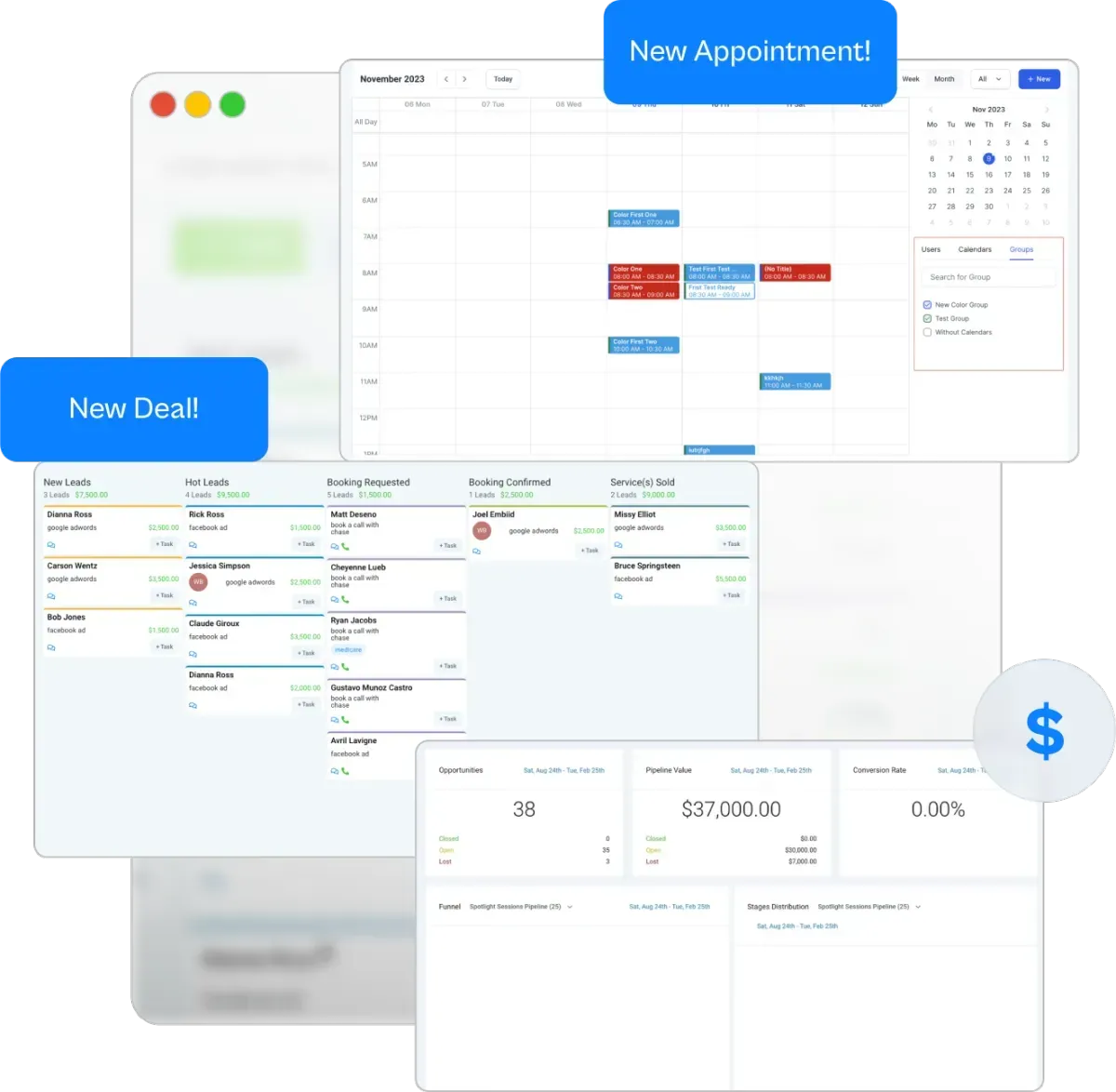

MORE QUALIFIED LEADS
KNOW WHO’S READY TO BUY BEFORE THEY RAISE THEIR HAND
We feed your funnel with real-time intent data, tracking signals from across the web to zero in on buyers before they click your ads or fill out a form.
This means no more wasted spend on tire-kickers.
Just timely outreach to decision-makers who are already in market.
LESS WASTED AD-SPEND
CONVERT ANONYMOUS TRAFFIC INTO BOOKED CALLS
96% of your site visitors vanish without saying a word.
With our Smart Site Conversion
layer, we identify who’s visiting, what company they’re with, and what pages they’re engaging.
Giving you the power to turn ghost traffic into booked meetings.
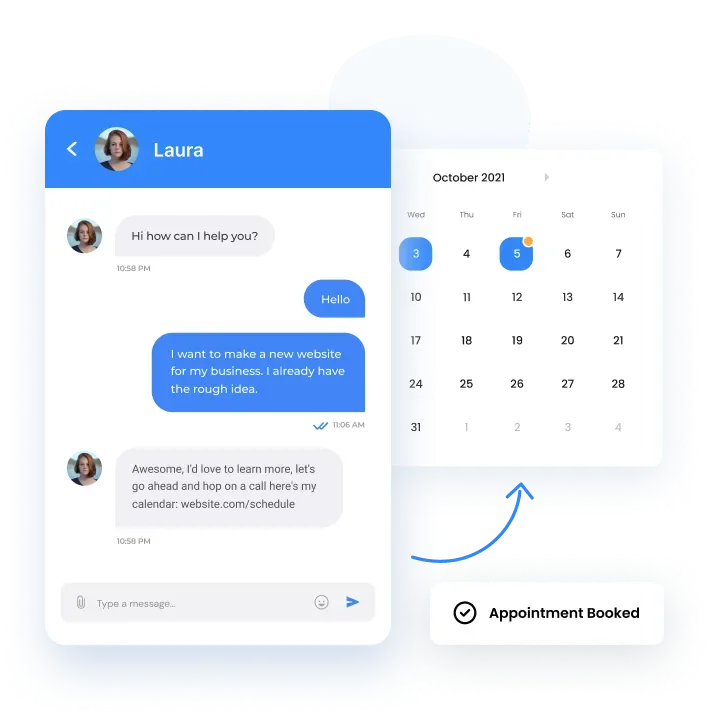
HIGHER CONVERSIONS
EMAIL, SMS, & SALES SYSTEMS TO
SKYROCKET YOUR SHOW-UP & CLOSE RATES
Our cutting-edge AI-driven automation systems don’t just send messages, they deliver perfectly-timed, hyper-personalized Email & SMS sequences tailored to your business.
Our Interactive Marketing and Response Agent (IMARA) is like having a tireless SDR on-call 24/7.
These campaigns, crafted with deep marketing psychology, consistently achieve 90-95% show-up rates...
Something most systems simply can’t match.
But we don’t stop there.
You’ll get lifetime access to our advanced CRM, packed daily with high-quality leads, and a proven pipeline that keeps your sales team busy and closing.
Plus, we’ll personally train your team on our battle-tested strategies to close 50-65% of those leads...
Even from cold traffic, maximizing your revenue with...
Automate & Integrate Your Business
With Arms Reach Marketing
The Power to Grow, Systematize, & Scale. To free you, the business owner, from the day-to-day operations, so you can focus on running your business, instead of being run by it.
Immediately improve the efficiency of your marketing and increases the value of your business with more qualified leads, less wasted ad-spend, and higher conversions.
"No value is given without value gained."
~Joseph Crawford
And your attention is valuable to us. That’s why we’re offering you a gift of 5 million pre-cleaned, verified leads. It’s not charity, it’s a demonstration of the results-driven value we bring to the table.
Because in business, just like in life, there is a reason behind every valuable gift, and our reason is simple:
Earn your trust by proving value before you ever invest a penny.
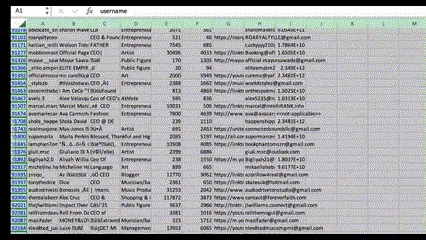

Automation &
Systems Integration

OmniChannel Marketing
& Communication

Sales Collaboration &
Project Management

AI Integration &
Process Modernization
We focus on the relationships
As Much As The Results
"I'm facing some things that I'm too busy to
face, but I need to face them!"
Jade N.

"Within 5 minutes of talking with Joseph you will have that confidence that you're wanting."
Mark J.


Gold Harvest Group
"Working with Joseph was a breath of fresh air into the noise of marketing. He asked great questions to really get to know who I am and what my business does."
Roman L.


360 Property Group
"He is a valuable asset for any team, he embodies the qualities of a dedicated and caring professional. I surely look forward to doing more work with him in the future!"
Mack H.

"You've done everything you said...
You instill confidence in me"
Marco B.

"It feels personal. It doesn't feel like we're
just another client"
Michael H.


1st Shield Financial
"His knowledge and client-focused approach demonstratively delivered excellence for outstanding results."
Kim B.


Symmetry Financial
I now have a team that is setting appointments for me and getting great traction to my website."
-Shonda S.


Innovation
Fresh, creative solutions.

Integrity
Honesty and transparency.

Excellence
High level services.
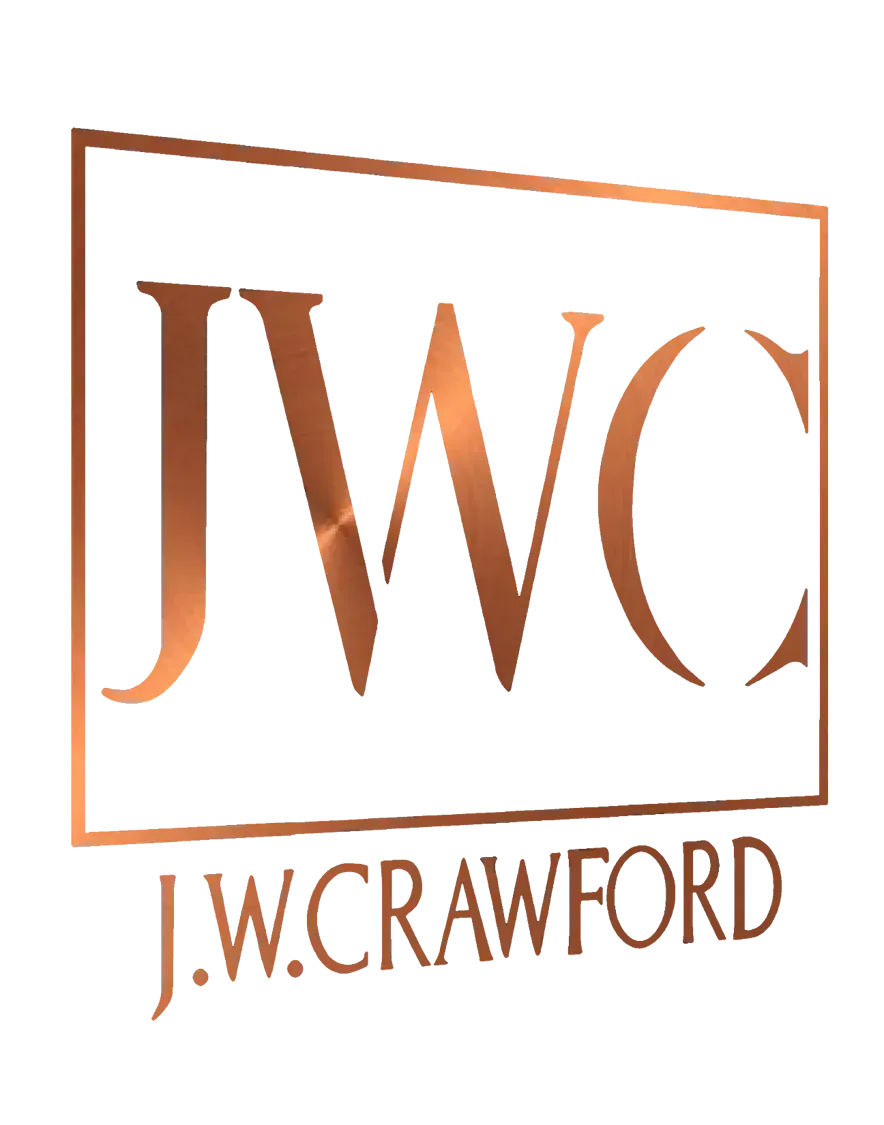
J.W. CRAWFORD
J.W. CRAWFORD
FOLLOW US
Copyright 2025. J.W. Crawford Management. All Rights Reserved.



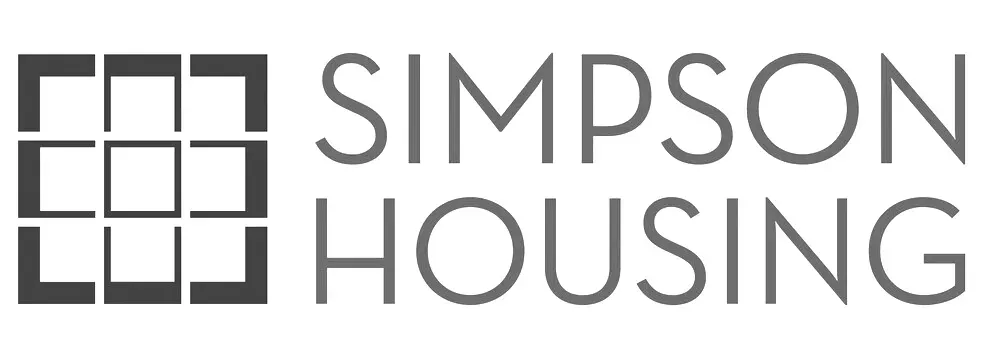





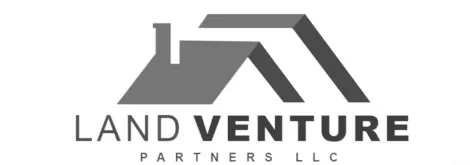


Facebook
Instagram
LinkedIn